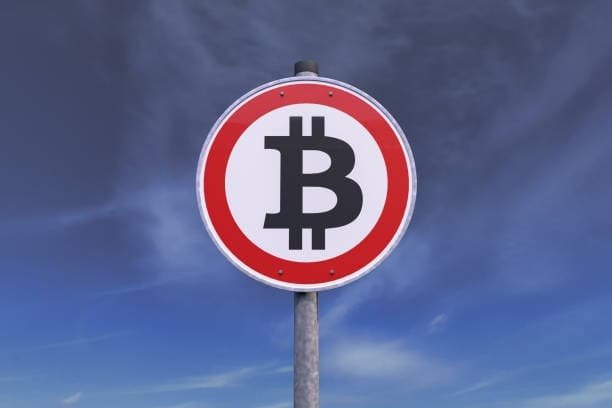One cannot help but notice the rising tide of cryptocurrency’s influence. It’s like a new wave hitting the shores of traditional energy management, and it’s about time we explored how these digital currencies are changing the game. Let’s kick things off with a look at the intersection of crypto and energy storage – a topic that’s been buzzing in The Latest Taiwan Crypto News.
Cryptocurrency and Energy Efficiency
Cryptocurrencies, with their decentralized nature, are often associated with high energy consumption due to the mining process. However, this is where the story takes an interesting turn. The energy-intensive nature of crypto mining is being repurposed to enhance energy storage solutions. How? Well, let’s delve into the details.
In Taiwan, a region known for its tech-savviness and The Latest Taiwan Crypto News, energy storage is a hot topic. The island’s unique energy landscape, with its reliance on imported fossil fuels, makes energy efficiency a priority. Crypto mining, with its high energy demands, is finding a new purpose here. Instead of just consuming energy, it’s becoming a means to store and manage energy more effectively.
The Energy Storage Revolution
Energy storage is not just about holding onto power; it’s about doing so in a way that’s efficient and sustainable. The Latest Taiwan Crypto News has been covering stories on how crypto is playing a pivotal role in this revolution. By using blockchain technology, a system that underpins most cryptocurrencies, energy storage solutions are becoming more transparent and secure. This is crucial for the future of renewable energy, where the intermittent nature of power generation requires reliable storage solutions.
Blockchain and the Grid
Speaking of blockchain, let’s talk about how it’s changing the grid. Blockchain’s distributed ledger technology is perfect for managing the complex web of energy transactions that occur in a modern power grid. The Latest Taiwan Crypto News has reported on several initiatives where blockchain is being used to track energy usage and distribution, ensuring that every unit of energy is accounted for and that the system remains balanced.
Cryptocurrency in Energy Trading
Energy trading is another area where cryptocurrency is making waves. The Latest Taiwan Crypto News has highlighted projects where energy is being tokenized, allowing for peer-to-peer energy trading. This not only democratizes energy but also makes it more accessible and affordable. Cryptocurrencies are providing a new medium for energy transactions, reducing the need for intermediaries and lowering costs.
Sustainable Energy Solutions
Sustainability is at the heart of the energy storage conversation, and cryptocurrency is proving to be a key player. By incentivizing energy efficiency and reducing waste, crypto is helping to create a more sustainable future. The Latest Taiwan Crypto News has featured stories on how crypto is being used to fund renewable energy projects and to reward energy conservation efforts.
The Future of Crypto in Energy
As we look to the future, the role of cryptocurrency in energy storage solutions is only set to grow. The Latest Taiwan Crypto News is keeping a close eye on the developments, as new technologies and applications emerge. From smart contracts that automate energy transactions to cryptocurrencies that incentivize energy conservation, the possibilities are endless.
Conclusion
In conclusion, the synergy between cryptocurrency and energy storage is a match made in tech heaven. As The Latest Taiwan Crypto News continues to report, this collaboration is not just about making energy management more efficient; it’s about transforming the way we think about and interact with energy. Cryptocurrency is proving to be more than just a digital asset; it’s becoming a catalyst for change in the energy sector. And as we continue to explore this exciting frontier, one thing is for sure: the future of energy storage is going to be powered by more than just batteries—it’s going to be powered by innovation.



